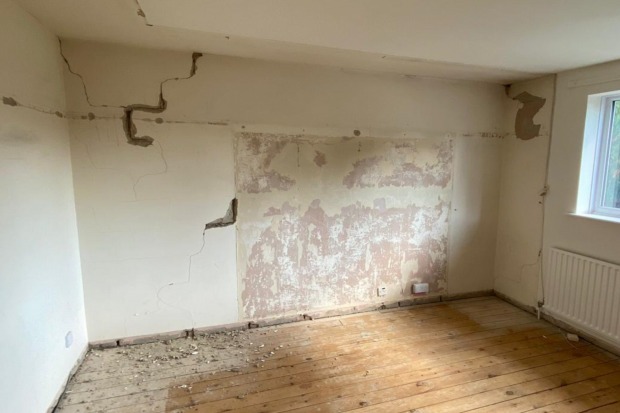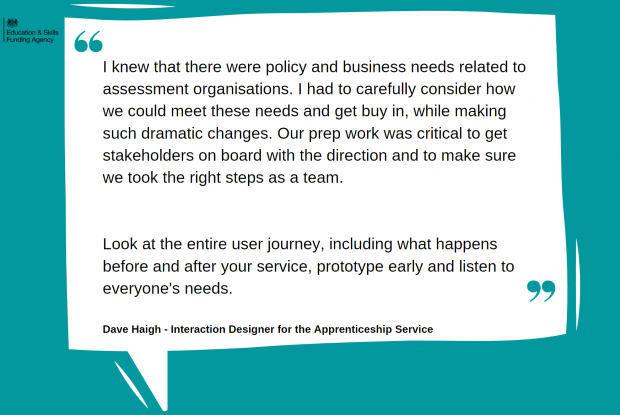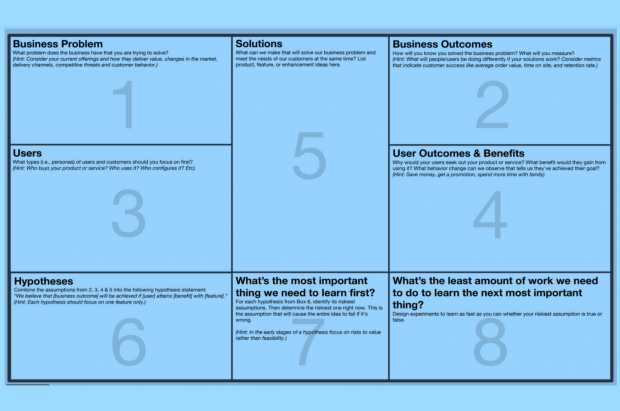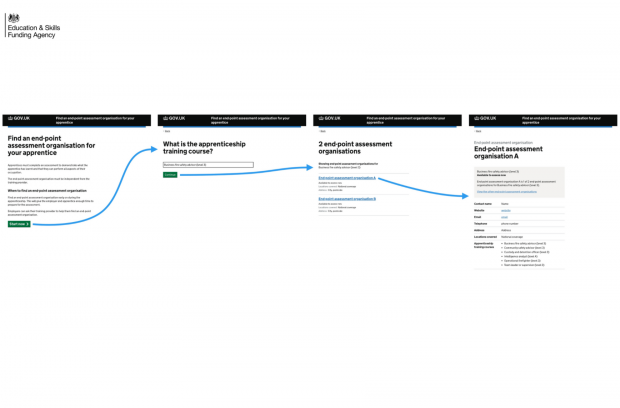
As designers, solving user problems is built within our DNA. We create our best designs when we work together to solve issues that users face.
Design can sometimes feel like a DIY home project
You start with the goal of renovating your living room, planning to refresh the walls and improve the decor. It's only when you pull off the wallpaper that you find the plaster is cracked and falling apart. What started off as renovation now includes skimming too.
With the cost of skimming, you think it's more effective to rewire now and save on future costs and effort.
What was meant to be a simple renovation, grows into something much bigger. So you analyse your options:
- Do the bare minimum. Patch the walls up and do the renovation. See to the cracking and wiring when they become bigger problems.
- Re-wiring isn't in scope, but do the skimming and stick to the renovation. We can redo the wiring when it needs to be done.
- Do the full job once and do it right.
Speaking up and doing the right thing
Working on the Apprenticeship Service can also feel like a DIY home project. I always encourage designers to speak up, share ideas and thoughts when we peel back the plaster and come across bigger problems that we didn’t expect to find.
It’s important to fix things at source, so that we can grow and develop our service without needing to redo it later. Having a safe space, structures, and a culture that supports this will enable people to say what they think. In the long run this saves the service money and means all our renovation work doesn’t continuously need rewiring.
As designers, what do you do when the response is "it's a policy decision" or the decision is already made? Which battles do you fight and how far do you push? What can you do if the scope does not reflect what needs to be done?
Case study - where there’s a will there’s a way
The ‘Find apprenticeship training’ team demonstrated the value of showing will and determination to do the right thing. Their service is used by employers to find:
- the right apprenticeship for their business
- a training provider who can train their apprentices
- End-point assessment organisations
The assumptions
Initially, the scrum team and stakeholders assumed that end-point assessment organisations would remain in the service and that we would redesign it to present them in a clearer way.
The original vision for the service was that employers would find a training provider and an end-point assessment organisation within a single journey. During the discovery phase, we found that it was too early for the employer to decide who would assess their apprentices. It also distracted them from choosing the right apprenticeship and training provider.
The challenge - stakeholder management and influencing
We had to get over the assumption that assessment organisations would be included in a single transaction. We joined up with policy to understand the needs, but also to help us align to move forwards together.
There are operational benefits when employers consider an assessment organisation earlier on, but it became clear that our service was not the right place for this decision. As a team, we showed stakeholders why this was a problem and proposed an alternative solution.
There was a clear user need for a separate service, as employers still need somewhere to find assessment organisations.

Where to begin
We knew that we needed to consult the:
- project team
- service designer
- leadership team
- assessment organisation policy team
Approaching these stakeholders without a solution to the problem may have taken us down the wrong path. So we explored the problem, alternative solutions and their benefits before consulting with our stakeholders.
What we did
We put together a slide deck consisting of 6 slides to aid the discussions.
Slide 1: the objectives of the project
We created a lean UX canvas at the start of the project to highlight our objectives and establish our aim.

Slide 2: an introduction to our dilemma
We summarised:
- what the team have been working on
- our assessment of the overall user journey
- how the user tasks fit into the journey
- our proposal for pulling one of those tasks out into its own service
Slide 3: why users need this service
We proposed that finding an end-point assessment organisation did not fit within the find apprenticeship training service and that we would explore if there is a user need for a separate service.
Slide 4: our improvements
We listed the key improvements from separating the task out and creating a standalone service for it.
Slide 5: how it could look
A visual aid helped to communicate our idea and the direction the team wants to go in, so we built a prototype using the GOV.UK Prototype Kit.
We also created a sitemap using screenshots of the prototype. At a glance, anyone can see the size and concept of the service.

Slide 6: recommendations for next steps
We summarised the next steps, which included revising the surrounding guidance for assessment organisations, informing affected teams and considering where to host our service.
The outcome
Creating a separate service to find an end-point assessment organisation means that employers can stay in control of this task if they wish to, but can also use it at the right phase of their apprenticeship journey. Everyone was on board with this direction and the team continued to conduct research with two distinct services.
This win-win environment feels like a job well done and potentially a massive saving where we don’t need to go back to the core to fix the wiring in the future. We saved the find apprenticeship training service from becoming complex while staying true to the service purpose.
One thing to take away
As designers, we should be confident in using our user-experience expertise to influence stakeholders when we believe there is a better way to solve a problem. The more we influence, the more our design discipline will strengthen and we in return build trust.
Follow @ESFAdigital on Twitter.